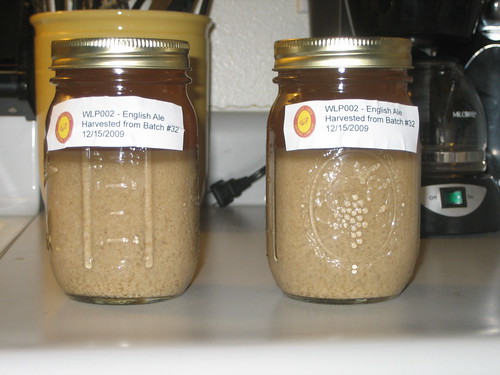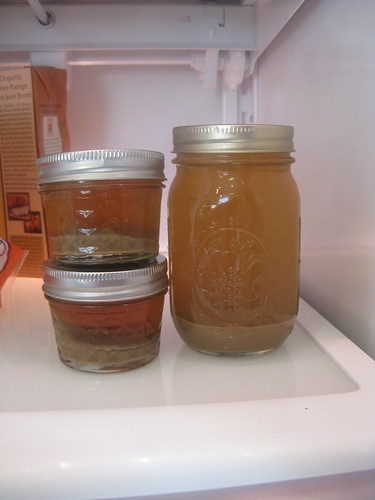I am planning on washing the WLP002 yeast from a batch of mild. I read through the yeast washing sticky, but didn't get much conclusive information about washing highly flocculant yeast strains like WLP002.
Mainly, I am wondering whether or not I will be able to get the WLP002 to suspend in the sterile water long enough to let the trub fall to the bottom. I know when I have made starters with WLP002 that this yeast tends to clump together, and once it does, it can be very difficult to homogenize.
Has anyone had success washing the WLP002 / Wyeast 1968 strain?
If anyone can chime in on this, it would be greatly appreciated.
Thanks!
Mainly, I am wondering whether or not I will be able to get the WLP002 to suspend in the sterile water long enough to let the trub fall to the bottom. I know when I have made starters with WLP002 that this yeast tends to clump together, and once it does, it can be very difficult to homogenize.
Has anyone had success washing the WLP002 / Wyeast 1968 strain?
If anyone can chime in on this, it would be greatly appreciated.
Thanks!







































![Craft A Brew - Safale S-04 Dry Yeast - Fermentis - English Ale Dry Yeast - For English and American Ales and Hard Apple Ciders - Ingredients for Home Brewing - Beer Making Supplies - [1 Pack]](https://m.media-amazon.com/images/I/41fVGNh6JfL._SL500_.jpg)



















